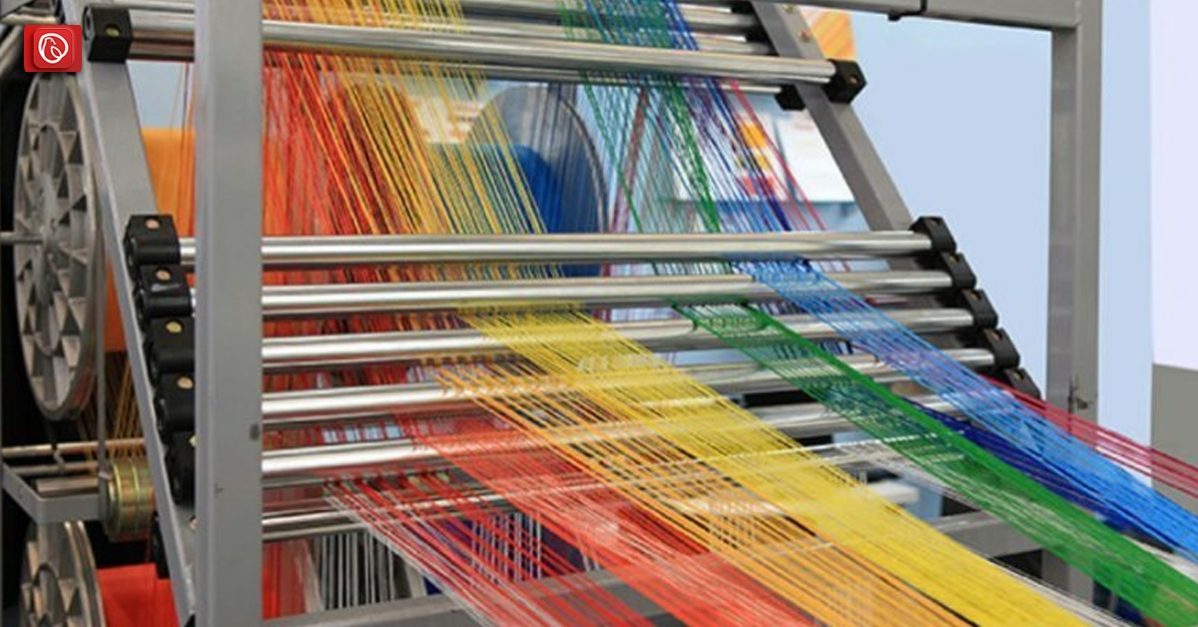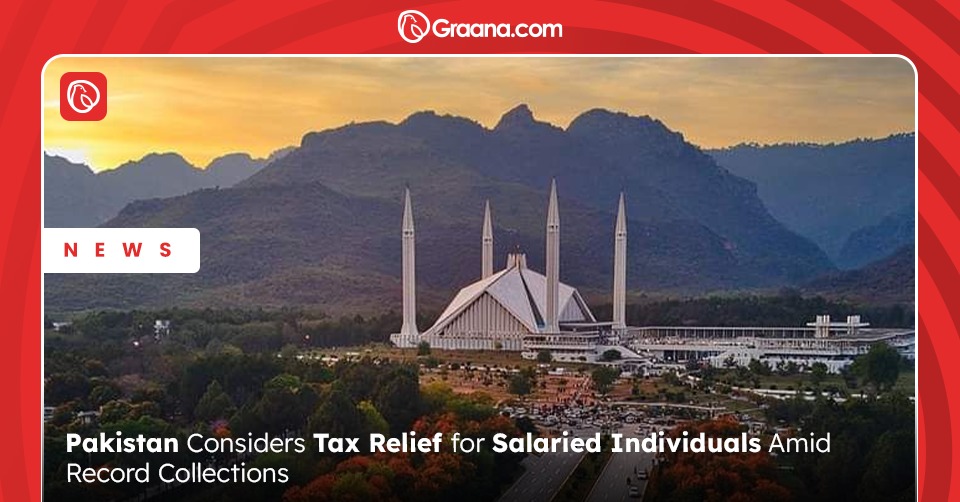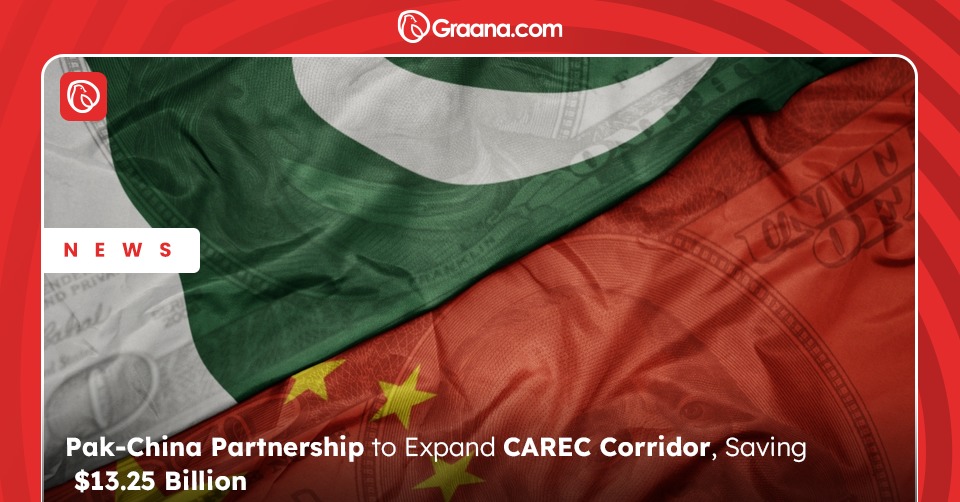The textile industry in Pakistan is one of the largest and most important industries in the country. It is also the largest industrial sector in Pakistan, contributing significantly to the country’s economy.
Graana.com gives a detailed overview of the textile industry in Pakistan below, including its history, challenges, and future prospects.
Textile Industry in Pakistan – An Overview
| Aspect | Details |
|---|---|
| Industry Overview | Textile industry is a major contributor to Pakistan’s economy, accounting for a significant portion of exports and employment. |
| Main Products | Cotton yarn, fabrics, garments, home textiles, towels, and bed linens are among the primary products manufactured by the textile sector. |
| Export Market | Pakistan is one of the world’s largest exporters of textiles and apparel, with major export destinations including the United States, Europe, and Asia. |
| Production Centers | Major textile production hubs include Karachi, Lahore, Faisalabad, and Multan, with clusters of textile mills and factories. |
| Employment | The textile industry provides employment to millions of people across various stages of production, from farming of cotton to garment manufacturing. |
| Challenges | Challenges faced by the industry include energy shortages, outdated machinery, competition from other countries, and compliance with labor standards. |
| Government Initiatives | The government has implemented policies and initiatives to support the textile sector, including incentives for investment and export promotion schemes. |
| Sustainability | Efforts are being made to promote sustainability within the industry, including water conservation, energy efficiency, and waste management practices. |
| Future Prospects | Despite challenges, the textile industry remains a vital sector in Pakistan’s economy, with potential for growth through modernization and innovation. |
About the Textile Sector of Pakistan
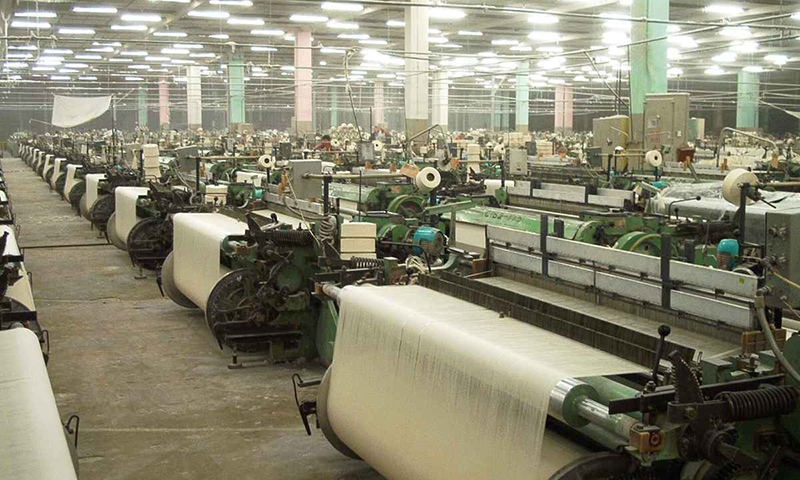
The textile industry has been a crucial part of Pakistan’s economy since its inception, contributing significantly to the country’s GDP, employment, and exports. Pakistan has a rich history of textile manufacturing, dating back to the pre-partition era when it was a cottage industry.
Since then, it has undergone tremendous growth and development, becoming a vital sector for the country’s economic development. Today, Pakistan is one of the leading textile producers and exporters in the world, with a diverse range of products that cater to various markets and segments.
However, despite its success, the industry still faces several challenges, including high energy costs, outdated technology, and inadequate infrastructure.
Current State of the Textile Industry in Pakistan
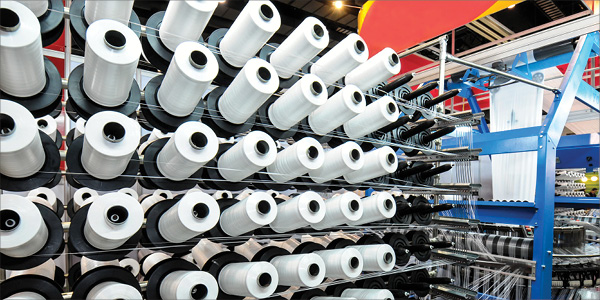
The textile industry is a vital sector of Pakistan’s economy, contributing significantly to the country’s GDP, employment, and exports. The industry accounts for more than 60% of the country’s total exports and employs around 40% of the manufacturing workforce.
Pakistan is the fourth-largest cotton producer in the world, and the industry is vertically integrated, with a diverse range of products that cater to various markets and segments. This is why textile industry is one of the major industries in Pakistan.
The current state of the textile industry in Pakistan is a mix of strengths and weaknesses. On the positive side, the industry has experienced steady growth over the past few years, with an increase in production and exports. According to the Pakistan Bureau of Statistics, textile exports increased by 7.79% during the first half of the fiscal year 2021-22, compared to the same period last year.
This means that the industry did not decline despite the global recession due to Covid-19. The major textile products that Pakistan exports include cotton yarn, cotton fabric, and ready-made garments. However, the industry still faces several challenges that hinder its growth and competitiveness.
One of the major issues is the high cost of energy, which makes production expensive and reduces profitability. Another challenge is the outdated technology and machinery used in the industry, which limits productivity and efficiency. Most of the textile mills in Pakistan are still using old machinery and equipment, which require regular maintenance and lead to high repair costs.
Additionally, the industry faces challenges related to infrastructure, such as inadequate transportation networks, inefficient ports, and a lack of warehousing facilities. The lack of skilled labor and workforce training is also a significant challenge, as it limits the industry’s ability to adopt new technologies and practices.
To address these challenges, the government of Pakistan has initiated several measures and policies to support the textile industry. These include providing incentives and subsidies to the manufacturers, improving energy infrastructure, and promoting foreign investment.
The government is also focusing on developing new textile clusters and special economic zones, which will provide a conducive environment for the growth and development of the industry.
Challenges Faced by the Textile Industry in Pakistan
Some of the major challenges faced by the textile industry in Pakistan are as follows:
High Cost of Energy
Pakistan has one of the highest energy tariffs in the region, which makes production expensive and reduces profitability. The high energy costs also limit the industry’s ability to invest in new technologies and equipment.
Outdated Technology and Machinery
Most of the mills are still using old machinery and equipment, which require frequent maintenance. The outdated technology also limits productivity and efficiency, making it difficult for the industry to compete on a global level.
Infrastructure Challenges
The transportation network is inadequate and unreliable, which results in delays and higher transportation costs. The ports are also inefficient, which increases the time and cost of exporting products. The lack of proper warehousing facilities also makes it difficult for the industry to store and manage its inventory.
Lack of Skilled Labor and Workforce Training
The industry requires a productive workforce to adopt new technologies and practices, but there is a shortage of skilled workers in the country. The lack of workforce training also limits the industry’s ability to improve its efficiency.
Environmental Challenges
The textile industry is a major contributor to environmental issues in Pakistan; it generates a large amount of wastewater and solid waste, which is often discharged into rivers and other water bodies without proper treatment. This pollution not only harms the environment but also affects the health of the surrounding communities.
Future Prospects of the Textile Industry in Pakistan
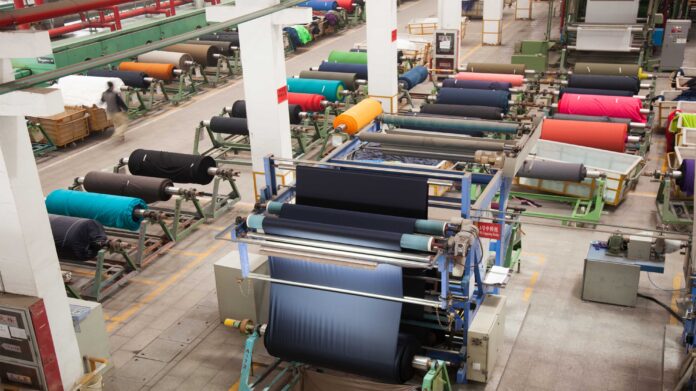
Despite the challenges, the future prospects of the textile industry in Pakistan are promising. The government is taking several measures to address the challenges faced by the industry, including providing incentives for investment, modernising the infrastructure, and upgrading the technology.
Moreover, the rising global demand for textile products presents a significant opportunity for Pakistan to increase its exports and become a major player in the international market. Some of the potential markets for Pakistani textiles include China, India, Bangladesh, Turkey, and Vietnam. These countries have large populations and growing economies that require more textile products for domestic consumption and export.
Pakistan can leverage its comparative advantage in terms of low labour costs, high-quality cotton production, and skilled workforce to produce competitive and diversified textile products that cater to different segments of these markets. By doing so, it can enhance its economic growth, create more employment opportunities, and improve its balance of payments.
Contribution to the Economy
The textile industry in Pakistan is the largest manufacturing industry in the country, accounting for about 8.5% of GDP. It also employs about 45% of the total labour force in the country.
Moreover, it contributes about 60% of the country’s exports, earning about $13 billion in foreign exchange in fiscal year 2019-2020. The main export markets for Pakistani textiles are USA, EU, China, UK, Bangladesh, Turkey, and UAE. The main export products are cotton yarns, cotton fabrics, knitwear, bedwear, towels, denim fabrics, and garments.
Pakistan has a comparative advantage in producing low-cost and good-quality cotton textiles due to its abundant availability of raw cotton, low labour costs, and favourable government policies. For more information on some other industries like the chemical industry and brick kiln industry, visit Graana.com.
